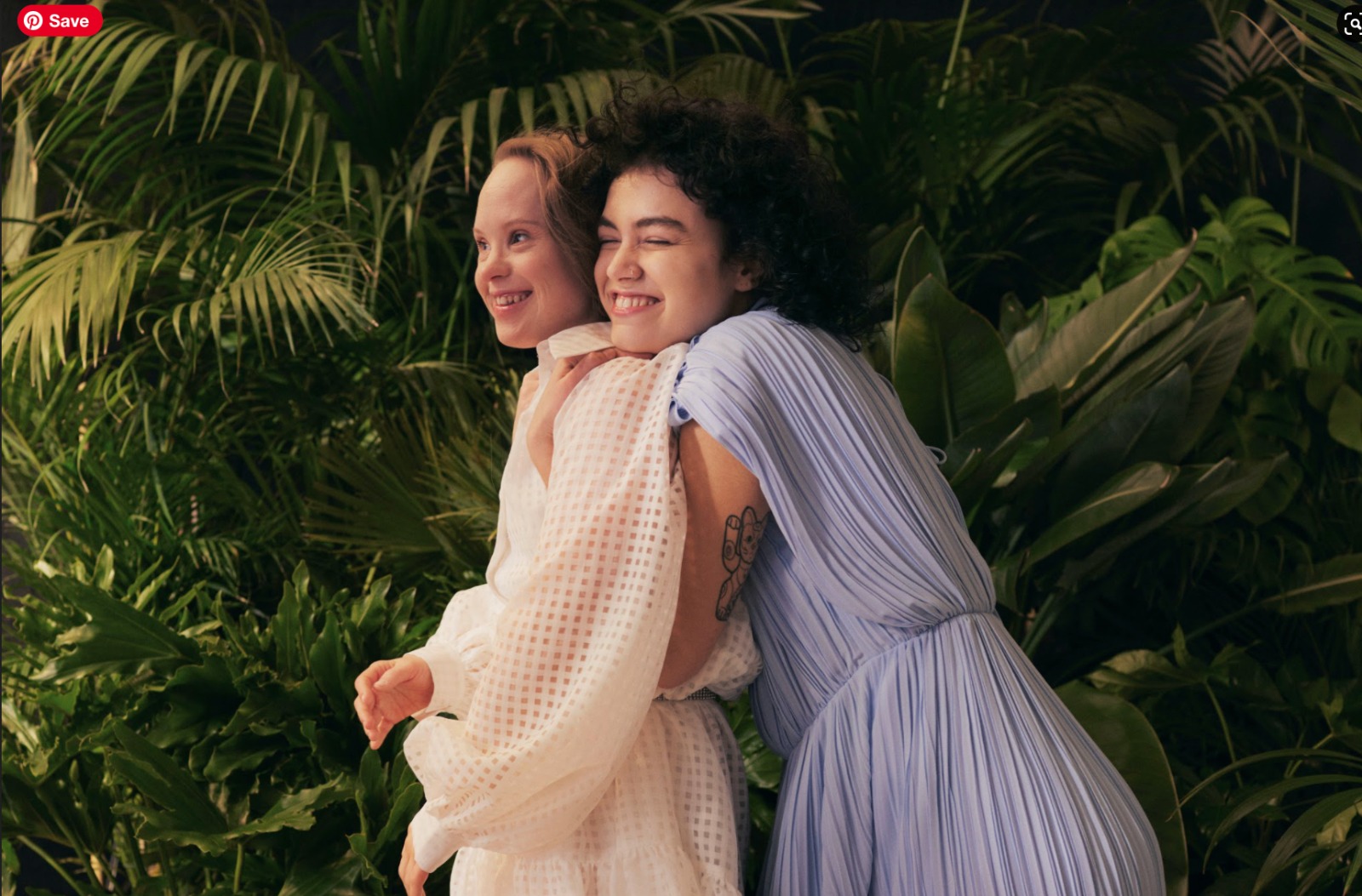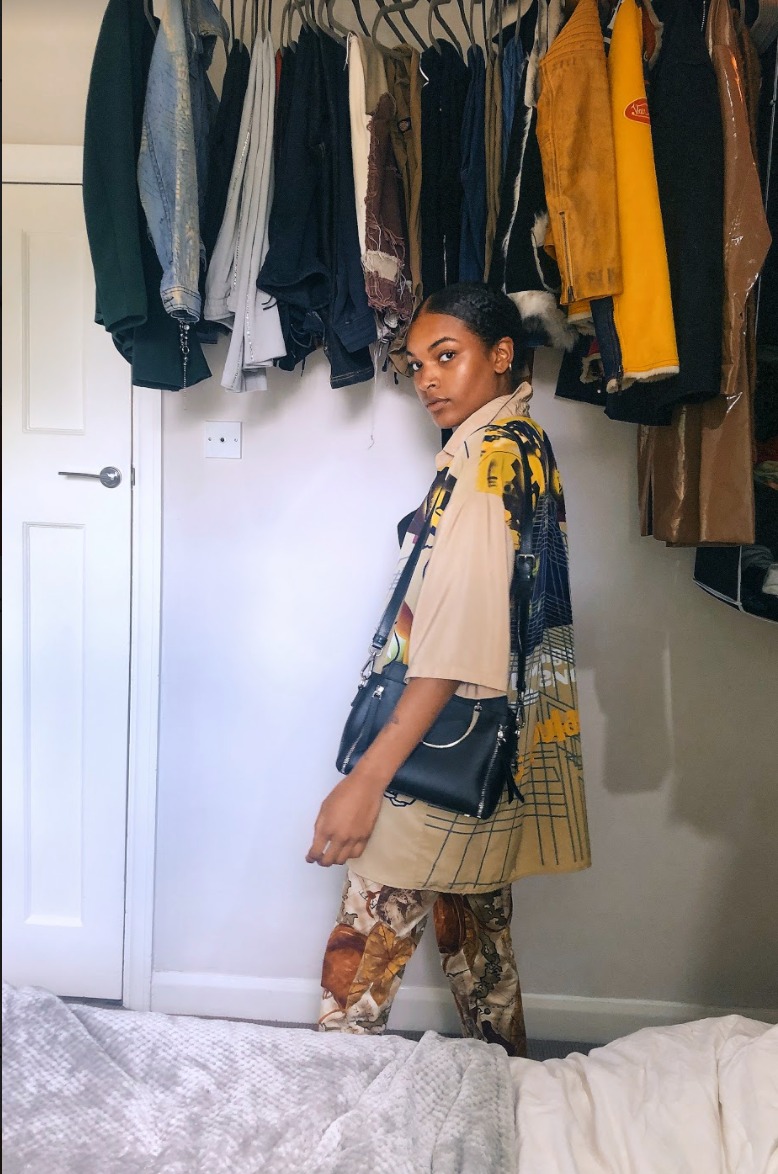Bridging the gap between intention and action
Within this (exceptionally) transitional era – stability can feel almost fabled. One thing, however, connecting us all to this fictitious reality we are living in is an actively conscious awareness of ourselves, and our homes. Becoming ever-more hyperconscious of our spaces, our impact on our ultimate home – planet earth – has risen to the surface. When contemplating the realities of mass consumption, the fashion-industry is a key player; being the second most polluting industry out there. A fact which must lie at the forefront of our minds.
Drastic measurements have to be taken in order to reduce fashion’s crushing environmental footprint. The good news is that, similarly to the raise of vegetarianism over the past decade, it’s getting easier and easier to shop more sustainably nowadays, and more difficult to keep sticking our heads in the sand. New green initiatives from companies such as Zalando (as well as plenty of others) are springing up like daffodils in spring, providing a more conscious choice for us to consume more circularly. We know as much as the next person, old habits die hard, so with this augmented responsibility weighing on our minds, what can we actively do to change our ways? How do we bridge the gap between intention and action? And finally, who can we see rely on within the fashion sphere as a voice of transformation?

Unfortunately, there lies a paradox when it comes to online shopping: though consumers wish to purchase more sustainably, often this intention gets lost in the deep-pit of mass consumerism. Looking into this earth vs. fashion anomaly, and investigating the discourse around sustainability, Zalando has conducted their very own research (and solutions). In the form of 12 in-depth interviews with customers from diverse backgrounds, as well as a survey report with 2500 respondents, Zalando has taken the initiative to analyse the ways in which both companies and costumers can improve their ways – because if one thing for sure, it takes two. Here’s where it gets juicy: when being asked which single word the respondents associated with ‘sustainable fashion’, the most commonly found word was guilty, whereas the least common one was fun. Additionally, the study has shown that apparently 60% of the participating consumers think it is important to make sustainable fashion easier to understand. So…Yes, our intentions are a great start, but when it gets too difficult to decipher whether an item has been ethically and/or sustainably produced — usually due to a lack of transparency from companies — that’s when our sustainable shopping session most likely already halts. “Despite good intentions, just 20% of people actively compare brands’ sustainability credentials when they are shopping, […] and there is a gap between attitudes and behaviours across a range of dimensions”, as been stated in Zalando’s report (2021).
But the study continues; results also showed that there’s simply a lack of knowledge when it comes to how to treat our clothes with proper care once we have them! We all want to wear our fave’ pieces for longer, right? So, with that comes learning how to make them last longer. We generally wear our clothes only seven to eight times nowadays, therefore is so important we start asking ourselves questions like, “Am I actually going to be wearing this at least 30 times next year?” and “How often do I really have to wash these linnen pants?”

Closing the gap
It takes two: both the fashion industry and its consumers have got to converge towards a more transparent discourse in order to achieve a more circular production system. The next step is up to the fashion companies, as they could make it easier for us to consume more consciously by providing overviews of how certain brands score on the following twelve dimensions: quality, value for money, brand responsibility, manufacturing, price premium, ethical labor, individual responsibility, environment conscious influencers, repair, second- hand, disposal and transparency. As one of Europe’s biggest fashion platforms, Zalando has taken on an active role by developing the do.More strategy, with its aim for 25% of Zalando’s gross merchandise value to come from more sustainable choices by the year 2023. So, moving towards a new future, Zalando’s report has insightfully laid out the ways both parties could start doing their part. In the end, sustainability comes down to not having to compromise the needs of tomorrow’s generation, nor ecosystem.
Now, Rome wasn’t built in a day, and neither can a circular economy, but together we can make serious moves towards a more sustainable future of fashion. Companies such as Zalando are taking their responsibility by providing a formula for other brands to follow, making it easier for us to start consuming more consciously in order to finally come full circle.
Follow Zalando’s journey here
Words by Brechtje Polman